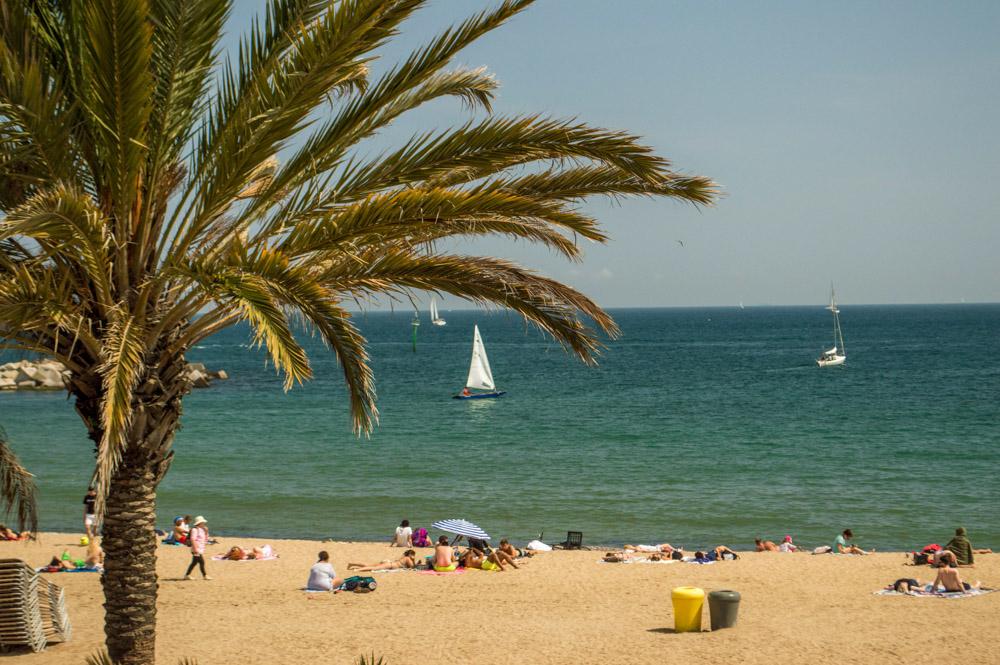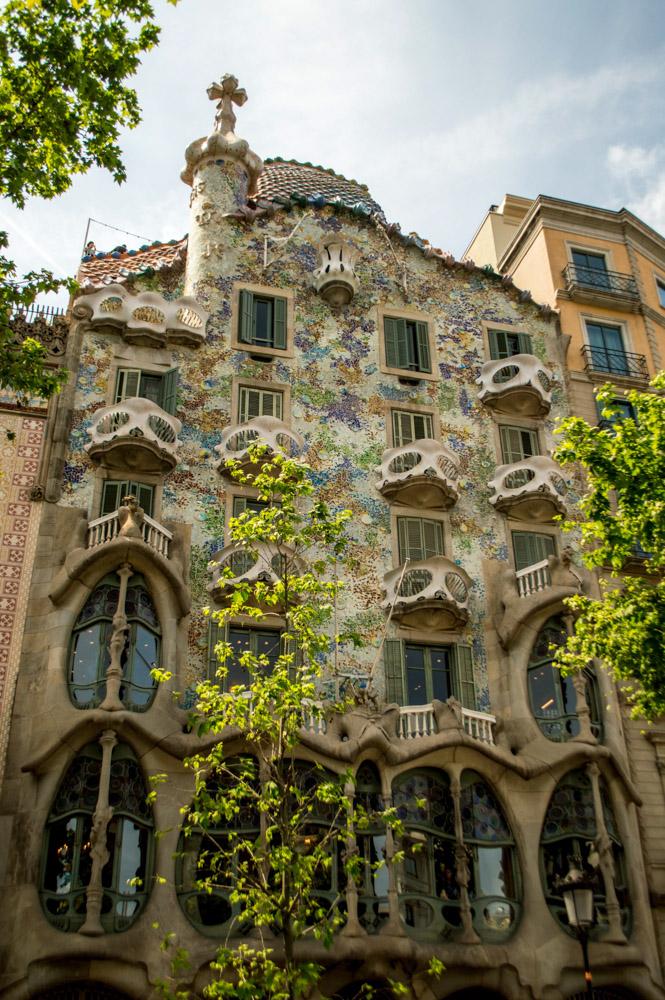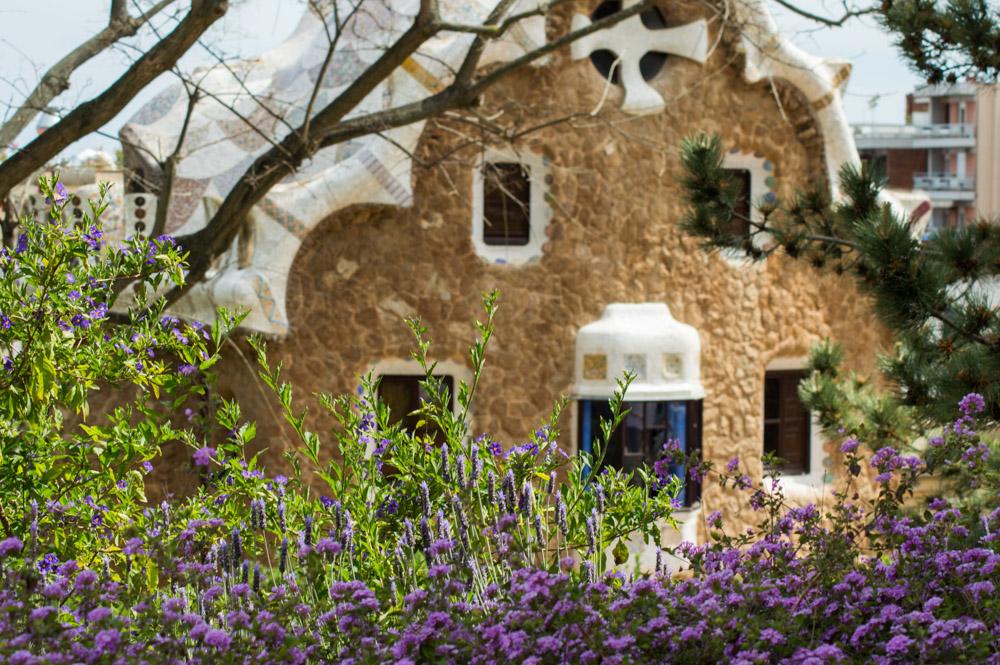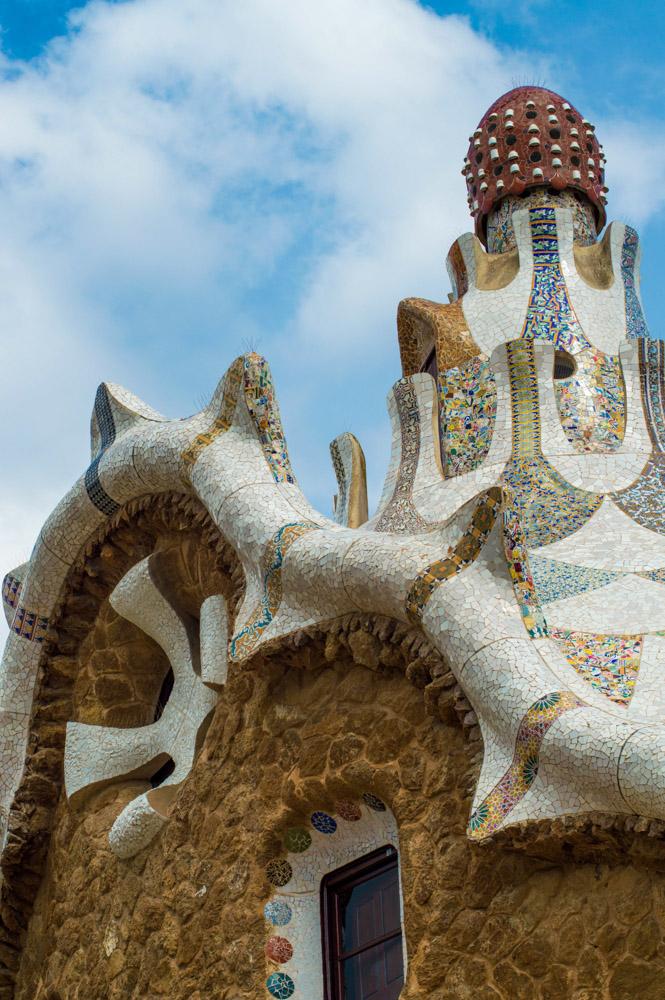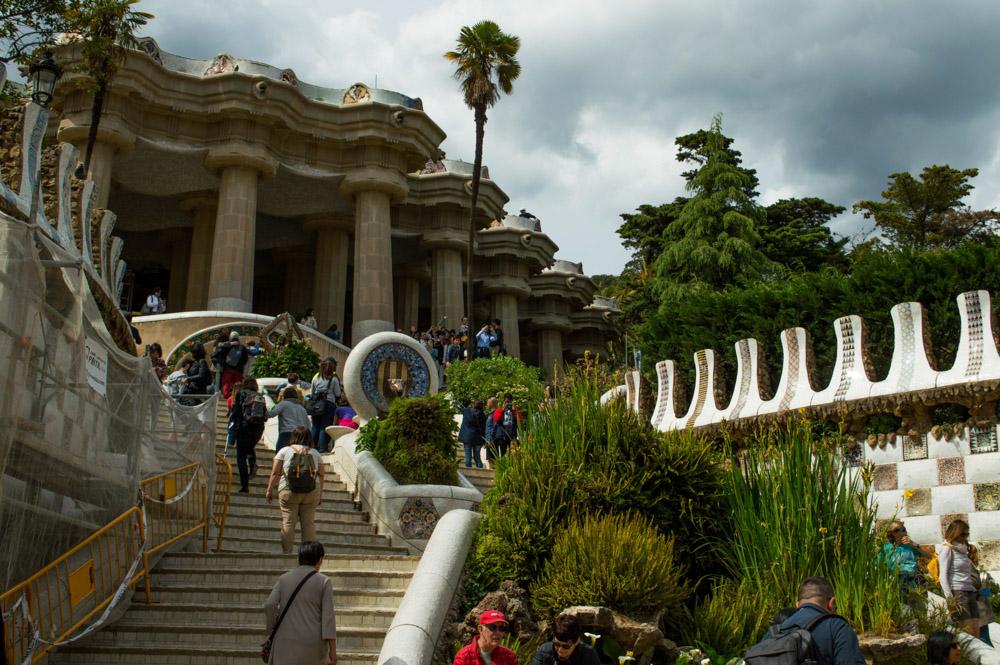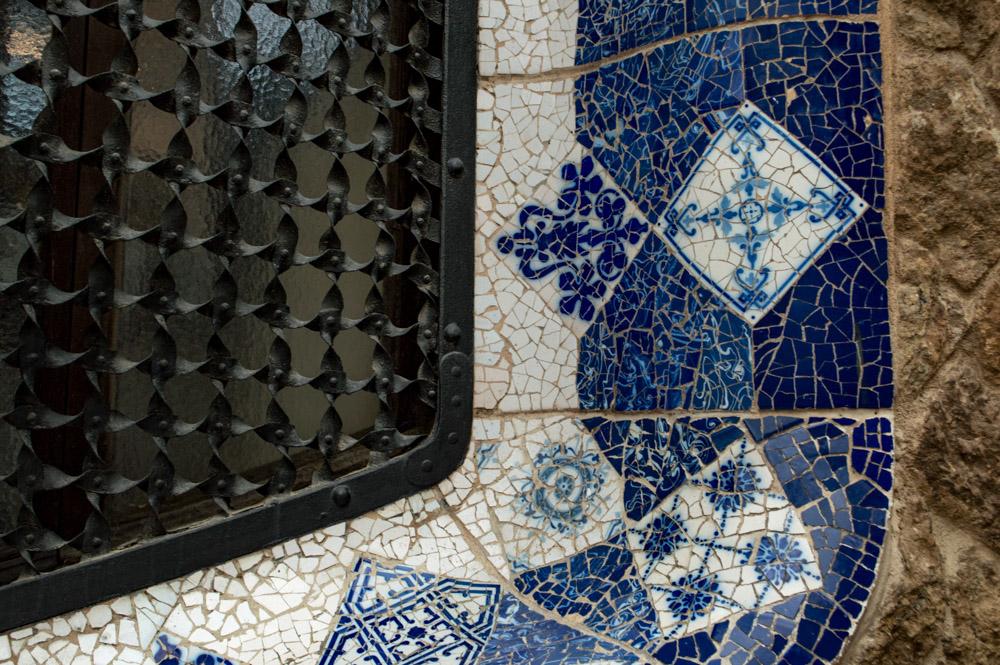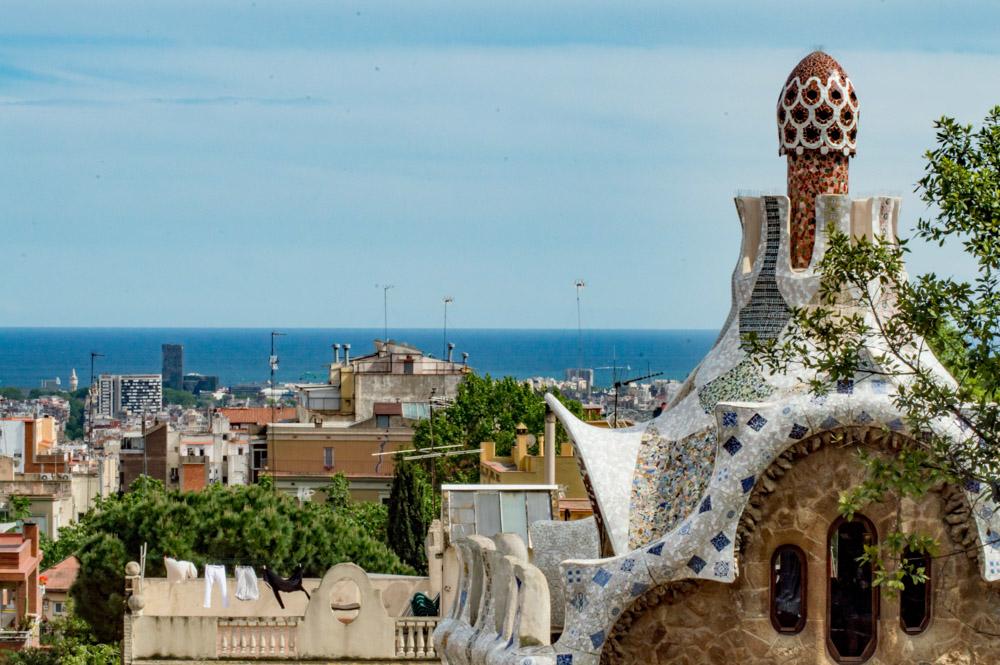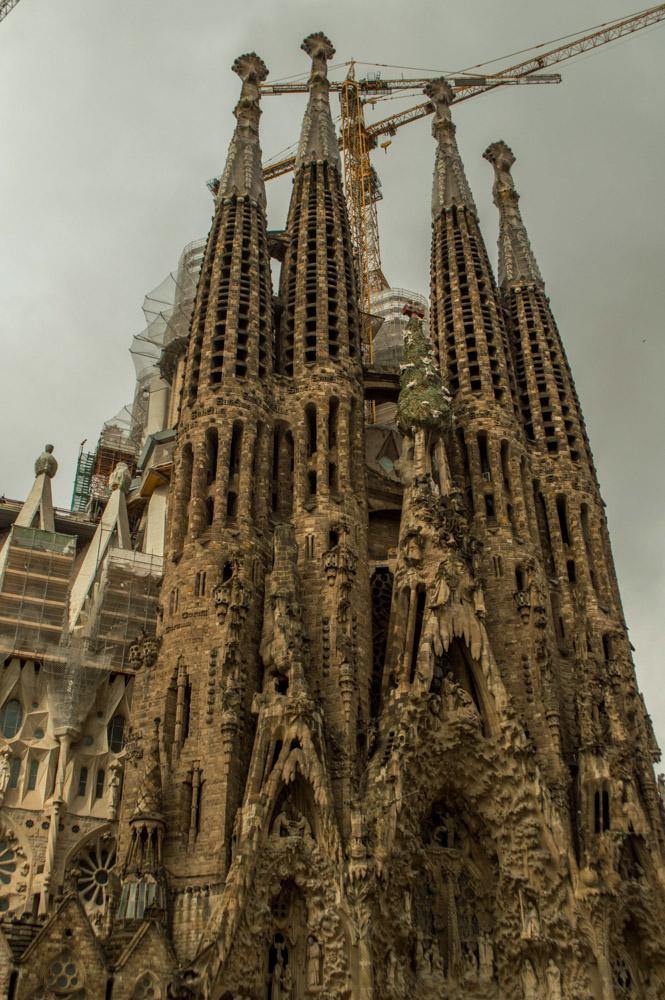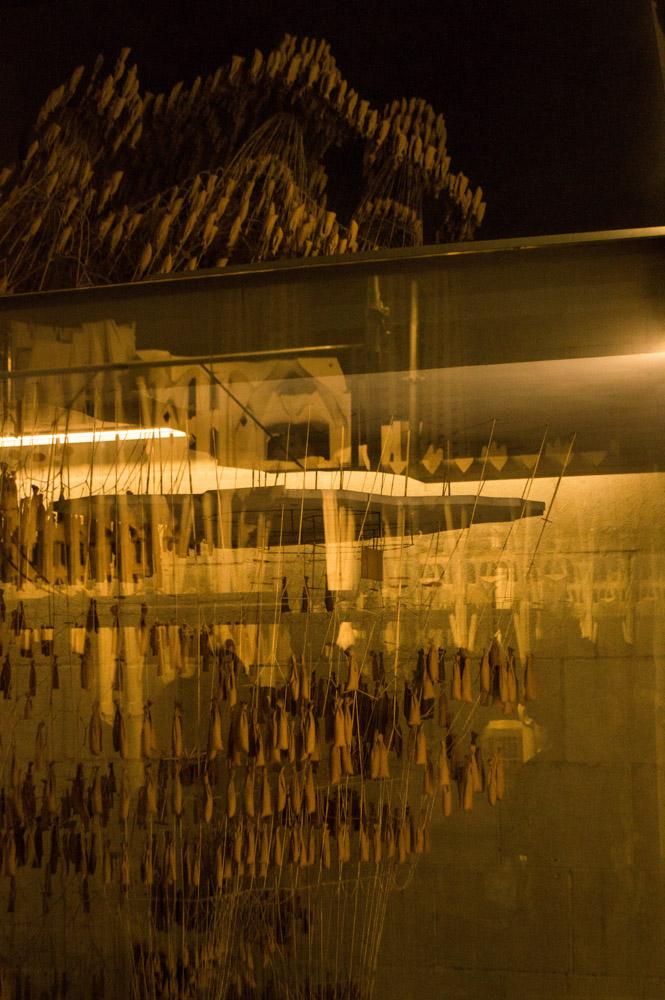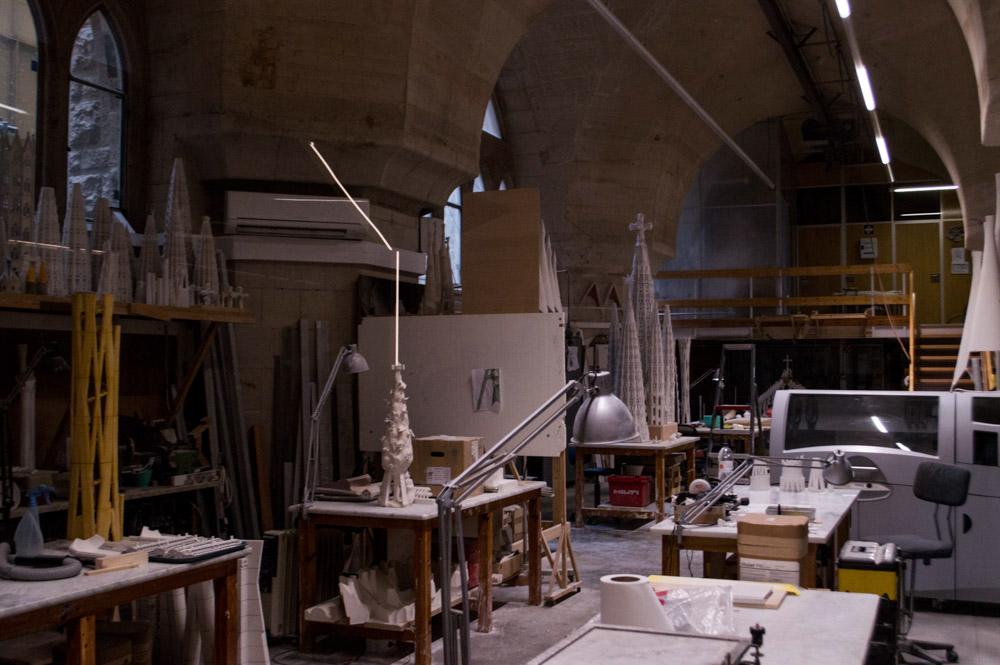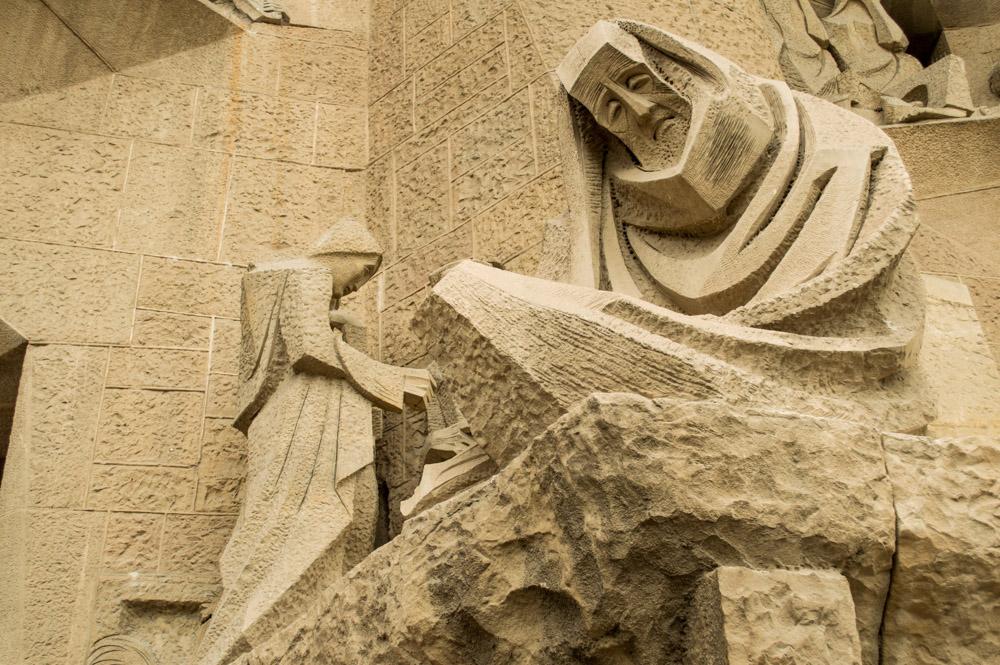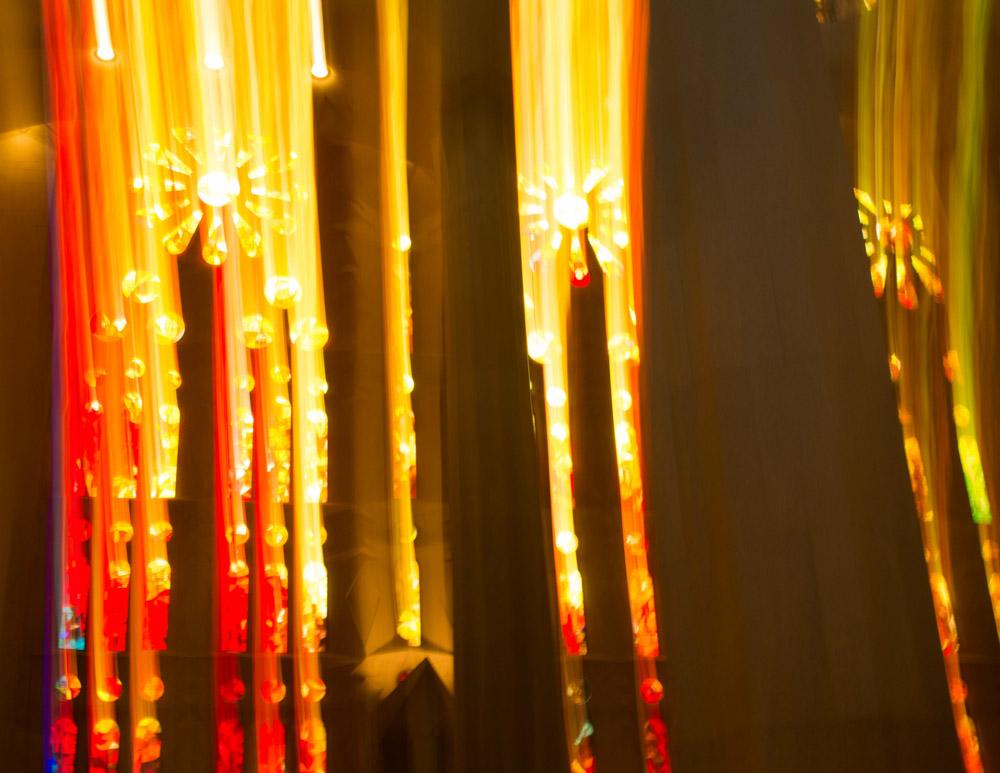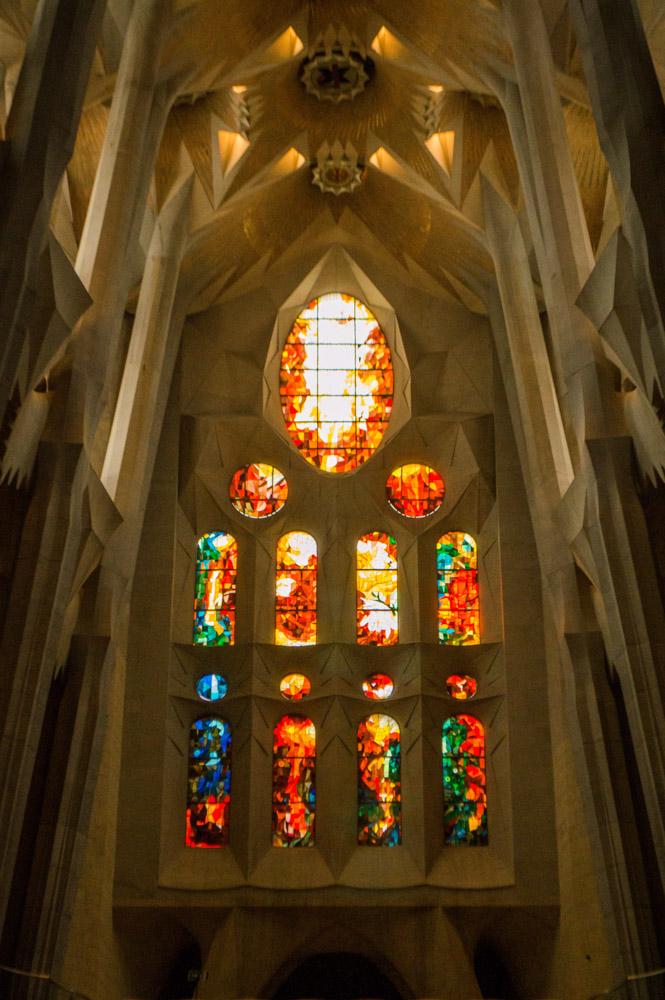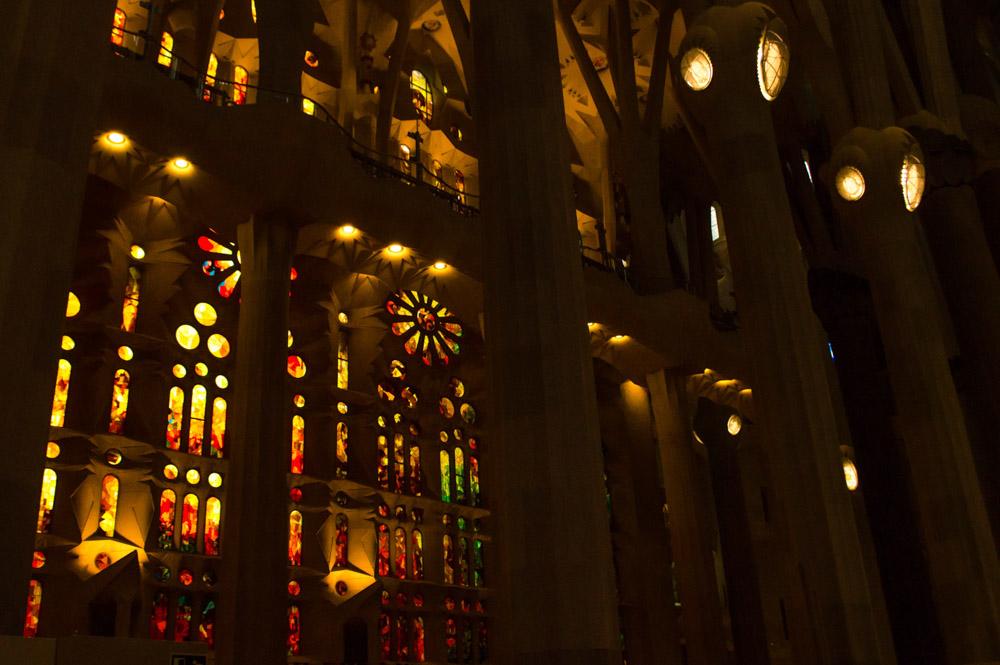Of all the cities we visited, Barcelona was one of the most touristy, yet the crowds were a cinch to escape. Swarms of these tourists and gimmicky vendors crowd the city’s main promenade, La Rambla, and flow down the larger streets of the Gothic District, but a quick step off either of these thoroughfares brings you into much more romantic world.
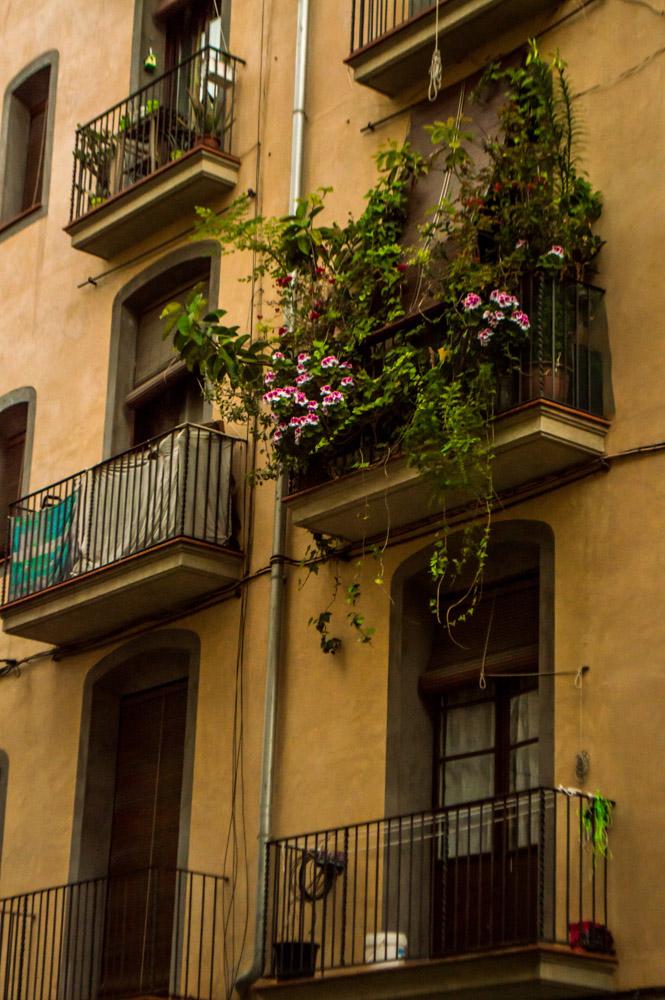
In Mediterranean style, bountiful window boxes decorate the sills of solitary side streets. Flowers overflow and trail down, waving in the ocean breeze which carelessly flows down the twists and turns of Barcelona’s historic heart. The windows themselves, below which the flora is set, are variously shuttered, covered by drying clothes or simply opened to the fresh sea air.
Colorfully mismatched buildings stand side-by-side on narrow, twisting roads. City gardens—while equally grand as the ones in France—seem to rejoice in freedom from the strict confines of French gardening like that of Versailles. Barcelona’s trees and plants growing haphazardly about the landscape, filling the warm city with splashes of green. Where I found Paris to be an example of pristine unity, Barcelona is perfect chaos.
This aspect of the city was recognized by and inspired the young architect Antoni Gaudí (1852-1926), who would spend his life designing all sorts of structures for his city. He had a passion for nature and religion, drawing from both heavily in his work. Gaudí was influenced by the Modernist movement, but he took his works a step further than his contemporaries.
The organic buildings of Gaudí’s creation exhibit all sorts of mediums; ceramics, stained glass, wrought ironwork and wood appear commonly—yet in unorthodox ways—throughout his works. Below are a few examples of Gaudí’s structures which exemplify his personal style.
Casa Batlló is now home to the Antoni Gaudí Modernist Museum and remains his most iconic work. The twisting crest of the roof is dotted by bulbous ridges and covered in scale-like ceramic tiles. The facade itself bears an array of balconies that look like bony protrusions. The entry level columns and arches wrap around colorful, glass windows and doors in such a way that it seems some beast’s hungry maw is about to close on the long line of visitors. These rather reptilian allusions are more than just my interpretation of the structure. Gaudí indended the entire building to resemble a dragon and Gaudí evokes this fearsome mythical beast in the most elegant way possible.
The next of the Catalan architects masterpieces is Park Güell. Although only a fraction of what it was originally intended to be, the entrance and terraced gardens remain gorgeous examples of how Gaudí’s natural style can seamlessly blend with a floral landscape.
Gaudí’s pride and joy, the most important of his works in his eyes and a reflection of his religious devotion, the Sagrada Família Basilica is a modern wonder. Despite its importance to him, Gaudí only saw 15-20% of it completed. Work is ongoing today for the extremities of the cathedral, but the interior is complete. Little did he seem to mind, though, the many decades it would take to construct the church, commenting before his death, “My client is not in a hurry.”
I don’t say this lightly: Sagrada Família is breathtaking. The simplicity of the interor’s design speaks to Gaudí’s modernism, yet like the rest of his work it resists the impersonal aura that I personally feels plagues the style. The towering space is flanked on either side by respectively warm and cool colored stain glass windows. As the Sun travels through the sky it shifts the weight of its illumination from East to West and blue-green to red-yellow. The columns hardly seem the cold stone that they are composed of, but rather like the trunks of trees holding aloft a light-speckled canopy. While Sagrada Família is tamer than some of Gaudí’s other creations, the emphasis put on color, organic forms and light clearly identify it as his own.
The construction of Sagrada Família is entirely supported by the people of Barcelona, Catalonia and faithful from farther abroad. I now understand why they would throw their support behind such a colossal project, one many claim to be a waste of money. At the back of the cathedral, gazing down the nave towards the grand alter, the focal point of it all, I could imagine the pride that those supporters must feel to be a part of something so inarguably—even from a secular perspective—holy.
In the time it took us to explore the lifetime works of Antoni Gaudí, we made a stop at the beach and had an encounter with a deranged tour guide, but these stories and my other adventures in Barcelona can stand to wait until the next blog post.
Signed,
Andrew
